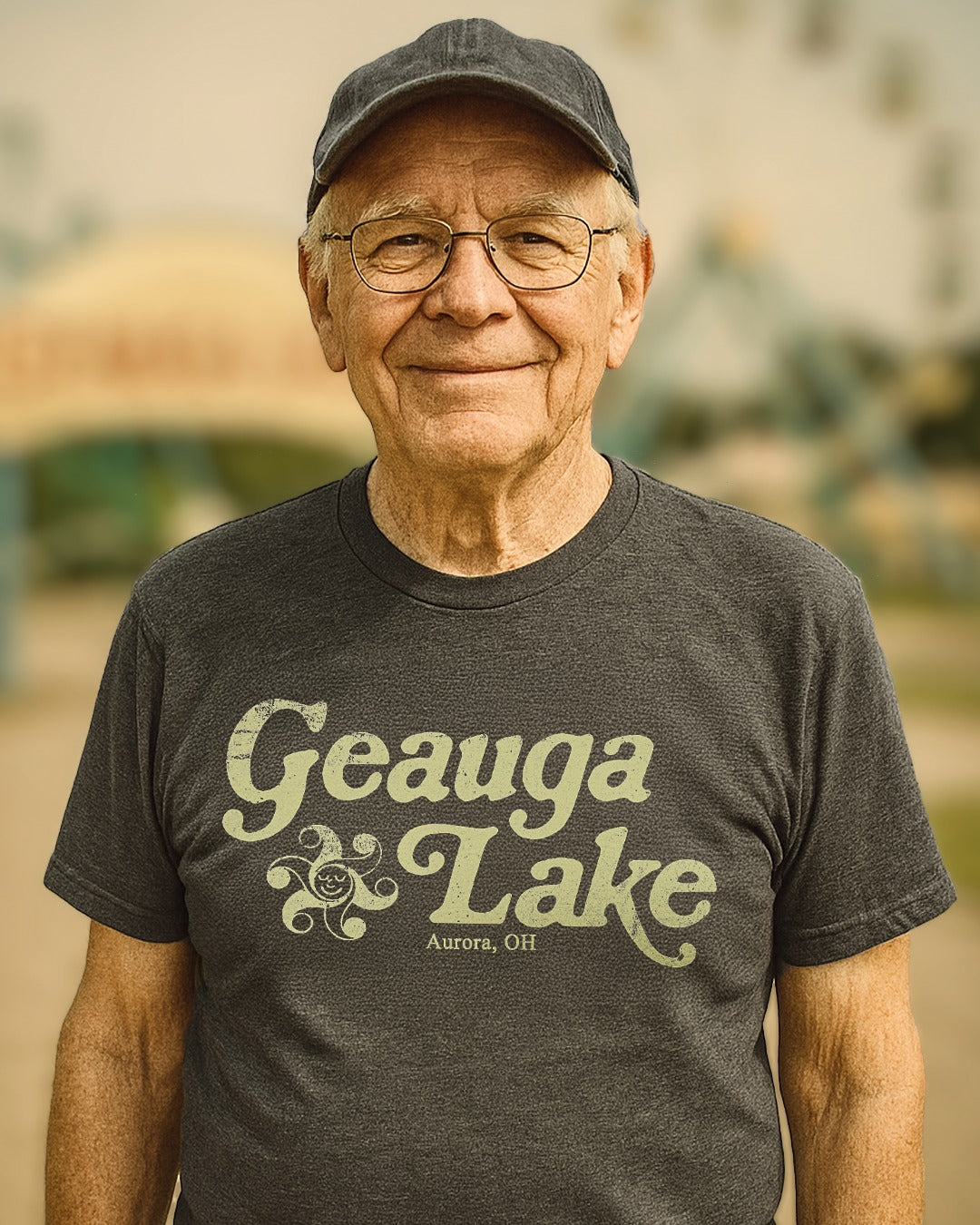Baltimore has a unique distinction in professional football. It’s the only city to have hosted champions in three different leagues; the National Football League (NFL), the Canadian Football League (CFL), and the United States Football League (USFL).
The Baltimore Colts won the NFL Championship in 1958 and 1959, as well as Super Bowl V in 1970. The Baltimore Ravens won Super Bowl XXXV in 2000 and Super Bowl XLVII in 2012. In 1995, the Baltimore Stallions won the Grey Cup, the CFL’s championship. The Stallions were one of a handful of U.S.-based teams that played in the CFL in the early ‘90s.
Ten years earlier, the Baltimore Stars won what would be the final USFL Championship game, downing the Oakland Invaders 28 to 24. It was the Stars' third straight appearance in the USFL title game, and their second win. However, they spent most of their existence as the Philadelphia Stars, a charter member of the league when it was founded in 1982.
Owned by real estate mogul Myles Tanenbaum, the team was originally going to be called the Stallions in honor of movie character, and fictitious native son, Rocky “The Italian Stallion” Balboa from the Rocky films. However, Marvin Warner, owner of the Birmingham franchise, an avid horse collector, grabbed the name for his club.
Kicking off in 1983, the USFL operated in the spring, and no one knew what to expect from the new league. Philadelphia’s previous experience with a rival league came in the form of the Philadelphia Bell of the World Football League (WFL) less than a decade earlier. The Bell were mediocre on the field and a disaster at the gate. For one game in 1974, they drew just 700 fans.
The Stars, however, quickly proved to be one of the USFL’s best teams, both on the field and in the front office. The fans responded too as the 32,000 turned up on Opening Day. While the team, on what would become a championship run, averaged only 19,000 fans that first season, it should be noted that baseball’s Phillies were in the middle of a World Series run, which probably took some attention away from the new football team.
One thing that made the Stars so successful was the fact that they stuck to league founder Don Dixon’s plan to observe financial restraint. The team signed talented players without spending a lot for superstars, either top graduating college players or players lured away from the NFL. Other USFL teams, not so much.
The Stars hired Jim Mora as head coach. Mora had previously been a defensive coordinator for the Seattle Seahawks and New England Patriots. Meanwhile, General Manager Carl Peterson painstakingly tracked down talent. He found quarterback Chuck Fusina, a former NFL back-up who had played in just seven games and had been out of football for a year before taking the reins with the Stars. Another huge find was running back Kelvin Bryant, who had been a star at the University of North Carolina.
Sam Mills was another diamond discovered by Peterson. The fierce linebacker had spent time on the practice rosters of the Cleveland Browns and Toronto Argonauts before Peterson brought him to Philadelphia, where he dominated. Defensive back Mike Lush and defensive end John Walker helped make the Stars’ defense one of the best in the league.
Solid on both sides of the ball, the Stars finished with 15 wins against 3 losses and made it to the inaugural USFL Championship game in Denver’s Mile High Stadium, where they fell to the Michigan Panthers 24 to 22.
The championship run, though, gave the Stars a real boost at the gate as attendance increased by a third to over 28,000 a game. The fans were rewarded with not only another deep postseason run but a championship as well. After they dispatched the Arizona Wranglers 23 to 3 in Tampa Stadium, the Stars were honored with a well-attended parade in downtown Philadelphia.
As the ticker tape and streamers were being swept up, changes were coming. In late summer 1984, the USFL confirmed its plan to move to a fall schedule for the 1986 season and compete directly with the NFL. Several teams, not wanting to compete with the NFL club in their market, folded. Some, including the Stars, moved.
Baltimore had just lost the Colts in 1984, so a move south seemed the perfect solution for the Stars. However, baseball’s Orioles blocked the Stars’ use of Memorial Stadium over concerns that nine home football games would tear up the field. Though they were still going to be called the Baltimore Stars, the team wound up playing their home games at Byrd Stadium, on the campus of the University of Maryland, in suburban Washington D.C.
Despite another championship run, attendance plummeted to just over 14,000 fans a game. The Stars finished fourth in the USFL’s Eastern Conference, but playoff road wins over New Jersey and Birmingham propelled them to another championship game. In the USFL’s final game on July 14, 1985, at Giants Stadium in New Jersey, the Stars topped the Oakland Invaders 28 to 24.
Weeks later, the verdict was handed down in the USFL’s antitrust lawsuit against the NFL, filed a year earlier. The jury found for the new league, but confusion over the awarding of damages left the USFL with only a $3 settlement.
Looking back, many pro football experts have insisted the Stars could have competed quite favorably in the NFL as could many USFL teams. Several of the Stars went on to have careers in the NFL, as did many other USFL players. Indeed, during the lawsuit, the idea of the NFL absorbing several USFL teams was floated. However, the established league didn’t want one particular owner to be part of the deal; the New Jersey Generals’ Donald Trump.
Had the 1986 USFL season been played, the Stars would have been able to use Memorial Stadium and would have been in an eight-team circuit. After being awarded the $3 settlement, the USFL folded up its tent, never to play another down.



